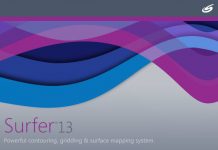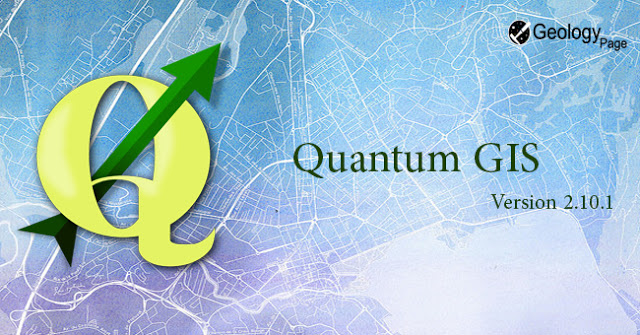
QGIS (previously known as “Quantum GIS”) is a cross-platform free and open-source desktop geographic information system (GIS) application that provides data viewing, editing, and analysis capabilities.
Functionality
Similar to other software GIS systems QGIS allows users to create maps with many layers using different map projections. Maps can be assembled in different formats and for different uses. QGIS allows maps to be composed of raster or vector layers. Typical for this kind of software the vector data is stored as either point, line, or polygon-feature. Different kinds of raster images are supported and the software can perform georeferencing of images.
Advanced functions
QGIS provides integration with other open-source GIS packages, including PostGIS, GRASS, and MapServer to give users extensive functionality.[2] Plugins, written in Python or C++, extend the capabilities of QGIS. Plugins exist to geocode using the Google Geocoding API, to perform geoprocessing (fTools) similar to the standard tools found in ArcGIS, and to interface with PostgreSQL/PostGIS, SpatiaLite and MySQL databases.
Features
QGIS offers many common GIS functionalities provided by core features and plugins. A short summary of six general categories of features and plugins is presented below, followed by first insights into the integrated Python console.
View data
You can view and overlay vector and raster data in different formats and projections without conversion to an internal or common format. Supported formats include:
- Spatially-enabled tables and views using PostGIS, SpatiaLite and MS SQL Spatial, Oracle Spatial, vector formats supported by the installed OGR library, including ESRI shapefiles, MapInfo, SDTS, GML and many more. See section Working with Vector Data.
- Raster and imagery formats supported by the installed GDAL (Geospatial Data Abstraction Library) library, such as GeoTIFF, ERDAS IMG, ArcInfo ASCII GRID, JPEG, PNG and many more. See section Working with Raster Data.
- GRASS raster and vector data from GRASS databases (location/mapset). See section GRASS GIS Integration.
- Online spatial data served as OGC Web Services, including WMS, WMTS, WCS, WFS, and WFS-T. See section Working with OGC Data.
Explore data and compose maps
You can compose maps and interactively explore spatial data with a friendly GUI. The many helpful tools available in the GUI include:
- QGIS browser
- On-the-fly reprojection
- DB Manager
- Map composer
- Overview panel
- Spatial bookmarks
- Annotation tools
- Identify/select features
- Edit/view/search attributes
- Data-defined feature labeling
- Data-defined vector and raster symbology tools
- Atlas map composition with graticule layers
- North arrow scale bar and copyright label for maps
- Support for saving and restoring projects
Create, edit, manage and export data
You can create, edit, manage and export vector and raster layers in several formats. QGIS offers the following:
- Digitizing tools for OGR-supported formats and GRASS vector layers
- Ability to create and edit shapefiles and GRASS vector layers
- Georeferencer plugin to geocode images
- GPS tools to import and export GPX format, and convert other GPS formats to GPX or down/upload directly to a GPS unit (On Linux, usb: has been added to list of GPS devices.)
- Support for visualizing and editing OpenStreetMap data
- Ability to create spatial database tables from shapefiles with DB Manager plugin
- Improved handling of spatial database tables
- Tools for managing vector attribute tables
- Option to save screenshots as georeferenced images
- DXF-Export tool with enhanced capabilities to export styles and plugins to perform CAD-like functions
Analyse data
You can perform spatial data analysis on spatial databases and other OGR- supported formats. QGIS currently offers vector analysis, sampling, geoprocessing, geometry and database management tools. You can also use the integrated GRASS tools, which include the complete GRASS functionality of more than 400 modules. (See section GRASS GIS Integration.) Or, you can work with the Processing Plugin, which provides a powerful geospatial analysis framework to call native and third-party algorithms from QGIS, such as GDAL, SAGA, GRASS, fTools and more. (See section Introduction.)
Publish maps on the Internet
QGIS can be used as a WMS, WMTS, WMS-C or WFS and WFS-T client, and as a WMS, WCS or WFS server. (See section Working with OGC Data.) Additionally, you can publish your data on the Internet using a webserver with UMN MapServer or GeoServer installed.
Screenshots
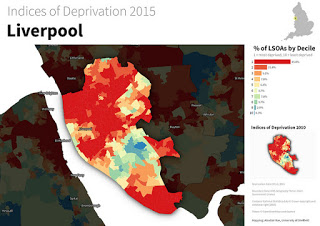
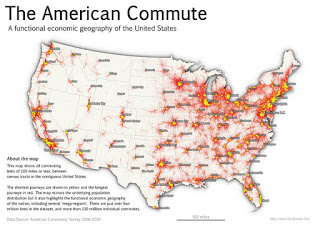
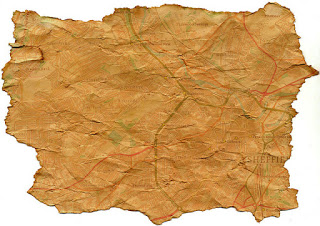
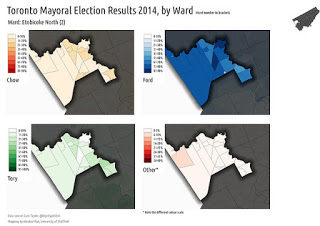
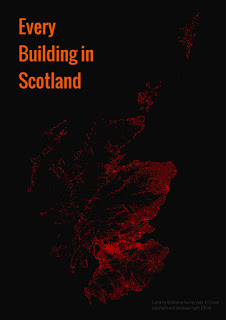
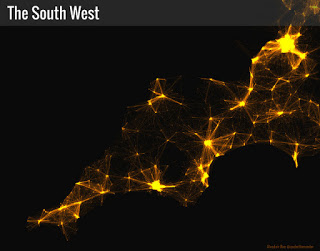
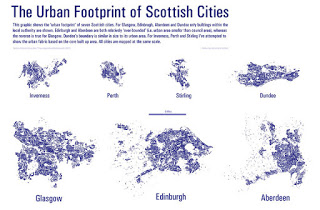
Download
Download for Windows
QGIS Standalone Installer Version 2.10 (32 bit)
QGIS Standalone Installer Version 2.10 (64 bit)
Download for Mac OS X
Mac Installer Package for both OS X Mavericks (10.9), Mountain Lion (10.8) and Lion (10.7).
KyngChaos QGIS download page
Download for Linux
For many flavors of GNU/Linux binary packages (rpm and deb) or software repositories (to add to your installation manager) are available. Please select your choice of distro below:
Download for Android
Copyright © QGIS






